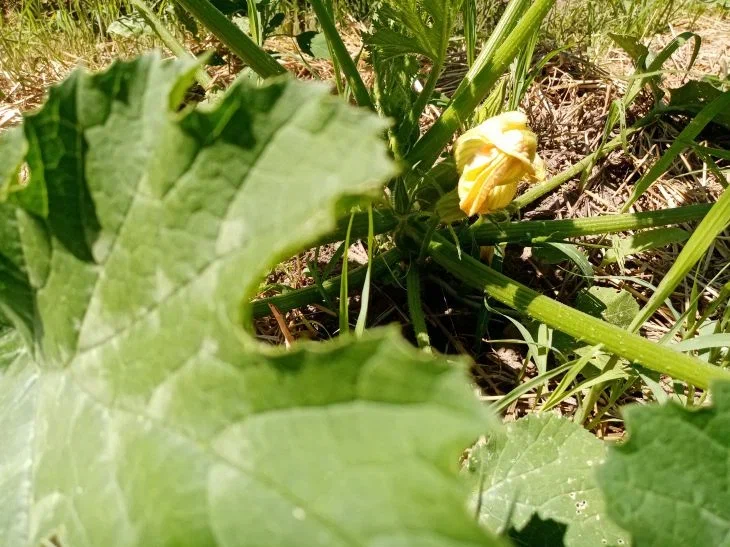Just a few days after the arrival of spring warmth, the ground and its surface will be crawling with hordes of pests.
Spring beds risk turning into a feast for voracious slugs, which will readily begin to destroy the first shoots.
Gardeners should act quickly before colonies of mollusks take over the area.

Slugs spend the winter in hibernation, burrowing into the soil or hiding under leaves. When warmer weather arrives, they become active, leaving behind slime trails and damaged plants.
The naked species are especially dangerous, attacking root crops and young shoots. Their activity peaks in April, when the temperature is consistently above 5°C.
Nature has provided natural allies in the fight against pests. Frogs, hedgehogs and birds such as thrushes or starlings reduce the slug population.
However, in garden conditions these predators are often not enough, so it is more effective to combine environmentally friendly methods.
Coffee grounds scattered around plants repel mollusks. The caffeine paralyzes their nervous system, and the rough texture creates a barrier.
Oatmeal soaked in water attracts slugs, making them easy to collect and remove from the area.
Slices of carrots or beets laid out in the evening will be covered in pests by the morning: all that remains is to destroy the “harvest”.
Metaldehyde-based chemicals provide instant results but are dangerous for pets and children. An alternative is to sprinkle the soil with crushed eggshells or pine needles.
Sharp edges injure the slugs' delicate bodies, forcing them to look for more accessible food.
Forecasts warn that pest numbers will be higher than usual this season.
Simple actions will help protect the harvest - timely weeding, moderate watering in the morning instead of in the evening and manual collection of slugs after rain. The less shelter and moisture, the less chances the mollusks have to survive in the beds.
